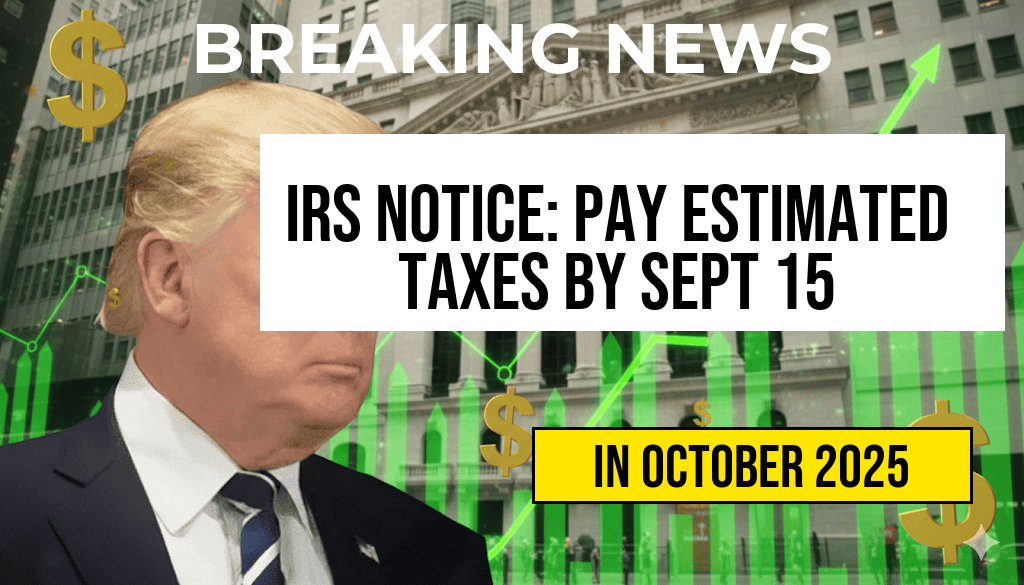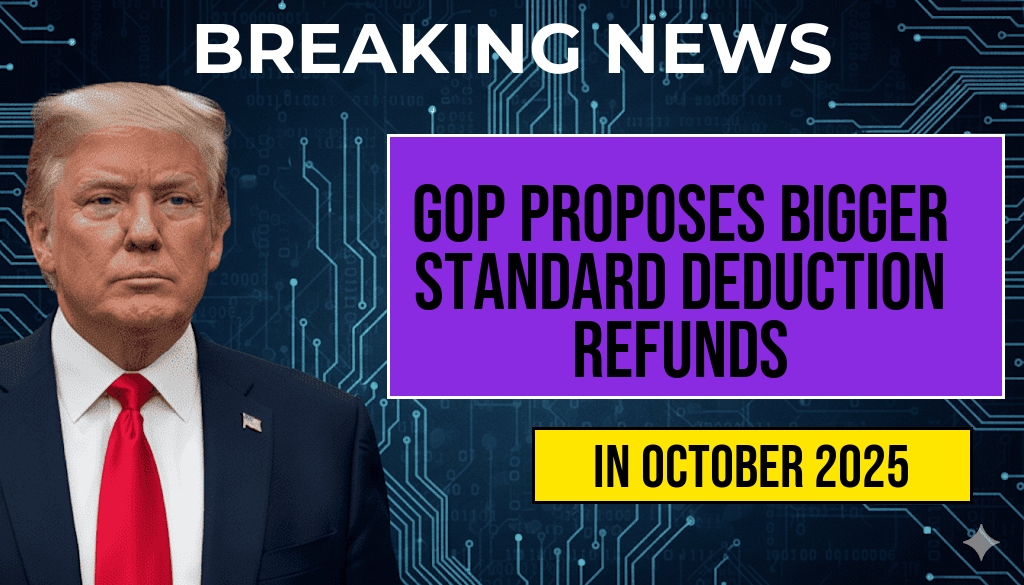The Internal Revenue Service (IRS) has recently issued a notice emphasizing significant changes to estimated tax payments, urging taxpayers to remit their payments by September 15, 2023, to avoid potential penalties. This notification comes as part of the IRS’s ongoing efforts to ensure compliance and clarity in tax obligations. As many taxpayers are preparing for the upcoming due date, understanding the new guidelines is essential for avoiding late fees and interest charges. The adjustments are particularly important for self-employed individuals, small business owners, and investors who may be impacted by varying income levels. This article aims to clarify the key aspects of the IRS notice and what taxpayers need to consider as the deadline approaches.
Understanding Estimated Tax Payments
Estimated tax payments are quarterly payments made to the IRS by individuals and businesses that do not have taxes withheld from their income, such as self-employed individuals or those with significant investment income. These payments help taxpayers avoid underpayment penalties at the end of the tax year.
Key Changes in IRS Guidance
- Payment Deadlines: Taxpayers are required to make their estimated tax payments on time, with the next deadline set for September 15, 2023.
- Penalty Avoidance: Failing to pay the correct amount on time may result in penalties and interest. The IRS encourages taxpayers to review their payment amounts to ensure they are accurate.
- Increased Flexibility: The IRS has introduced new methods for calculating estimated tax payments, allowing for more accurate projections based on current income levels.
Who Needs to Pay Estimated Taxes?
Estimated tax payments are applicable to a variety of taxpayers, including:
- Self-employed individuals who earn income without tax withholding.
- Small business owners who may not have sufficient taxes withheld from their earnings.
- Investors receiving dividends or capital gains that are not subject to withholding.
How to Calculate Your Estimated Tax Payments
Taxpayers can calculate their estimated tax payments using several methods. One common approach is the IRS Estimated Tax Worksheet, which guides taxpayers through the process. Here are the key steps:
- Estimate your expected adjusted gross income, taxable income, taxes, deductions, and credits for the year.
- Use the IRS tax tables to determine your estimated tax liability.
- Divide your estimated tax liability by the number of payment periods to find out how much to pay each quarter.
Payment Methods
Taxpayers have several options for remitting their estimated tax payments:
- Online Payments: Using the IRS Direct Pay system allows for quick electronic payments directly from a bank account.
- Electronic Federal Tax Payment System (EFTPS): This is a free service for paying federal taxes electronically, available 24/7.
- Mailing a Check: Taxpayers can also send a check with a payment voucher, available on the IRS website.
Tracking Payments and Keeping Records
Keeping accurate records of all tax payments is crucial for avoiding discrepancies and potential penalties. Taxpayers should maintain copies of their payment confirmations, whether made online or via mail. Regularly reviewing payment history can help identify any potential issues before they become problems.
Resources for Taxpayers
Taxpayers seeking additional information or assistance can access several valuable resources:
As the September 15 deadline approaches, it is vital for taxpayers to review their estimated tax obligations and ensure compliance with the latest IRS guidelines. By taking proactive steps now, individuals can avoid unnecessary penalties and focus on their financial planning for the remainder of the year.
Frequently Asked Questions
What is the IRS notice regarding estimated tax changes?
The IRS has issued a notice informing taxpayers about the new changes to estimated tax payments that may affect their filing obligations and financial planning.
What is the deadline for estimated tax payments according to the IRS?
Taxpayers must ensure their estimated tax payments are made by September 15 to avoid any potential penalties associated with underpayment.
How can I calculate my estimated tax payments?
To calculate your estimated tax payments, you can use the IRS Form 1040-ES, which provides guidelines and worksheets to help you determine the correct amount based on your expected income and deductions.
What are the penalties for not paying estimated taxes on time?
Failing to pay your estimated taxes by the due date can result in penalties that may accumulate over time, increasing the total amount owed to the IRS.
Where can I find more information about estimated tax payment changes?
For detailed information about the recent changes to estimated tax payments, you can visit the IRS official website or consult a tax professional for personalized guidance.













